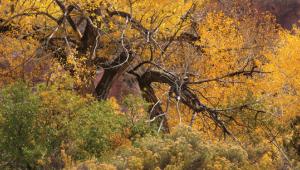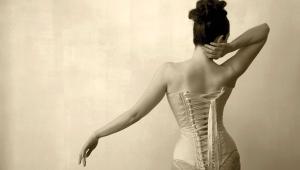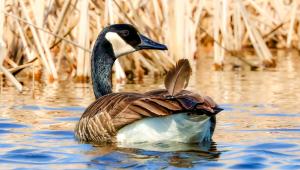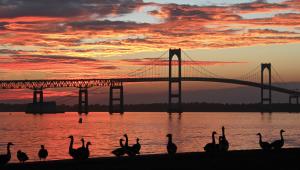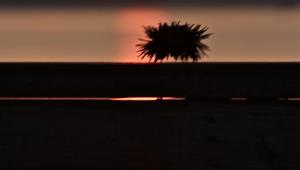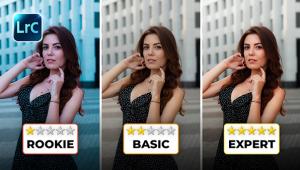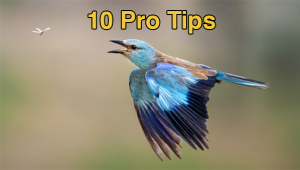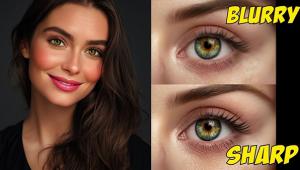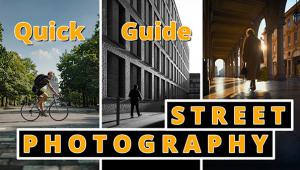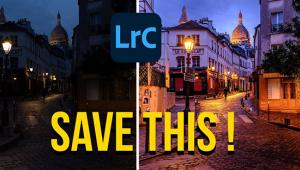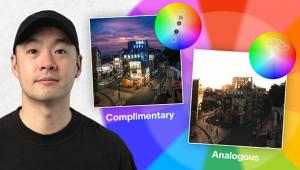The Long Ranger; With HDR Photography, What You Can See Is Now What You Can Get Page 2
 |
|
|
Judging how many exposures to make of a particular scene is an important element of HDR photography. Ferrell calls that judgment "scene awareness," and his guidelines for judging scene contrast involve the direction of the light. "If the scene is frontlit, or the skies are overcast, the scene will have low contrast, and you can usually capture that in a short EV range--three images will probably do the trick." If the scene is sidelit, he classifies it as a medium contrast scene, and that would require capturing a greater EV range. Backlit scenes are, he says, pretty much the highest contrast scenes you're going to see in nature, and for those you'll need to capture a larger dynamic range. "You might go from three to nine images for a backlit scene or an interior, which can have a large range of contrast."
 |
|
|
The imaging program that Ferrell prefers is Photomatix; he also has experience
with Dynamic Photo HDR, FDRTools, and Artizen and has worked with Photoshop
CS3's "merge to HDR" function. While it may sound like the
imaging programs do all the decision-making, there's plenty of input from
the photographer. In tone mapping, for example, you're given anywhere
from five to 15 sliders to adjust, depending on the program. "Those sliders
control the compression of the image," Ferrell says. "They bring
out shadow detail and smooth the highlights, and there's a range of things
you can control that are similar to the adjustments you'd have in Photoshop.
The tone mapping decisions you make personalize the image."
What makes a scene an HDR candidate? "There are a couple of things,"
Ferrell says. "The contrast of the scene immediately indicates to me that
the digital sensor can't capture all this--I need multiple images
to get the full range of light. So it's typically an image that has sky
and dark shadows. And HDR is great for grungy scenes--a junkyard, urban
decay, graffiti, peeling paint; it just brings out those details."
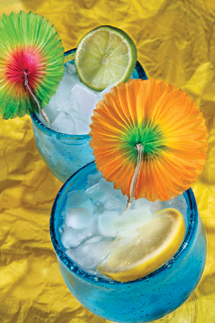 |
|
|
If you're interested in HDR, the best way to learn it is simply to do
it: sit down at your computer with a set of exposures, the software program
you've chosen, and an HDR guide. Ferrell's is one, but there are
others, including Michael Freeman's Mastering HDR Photography; HDR: An
Introduction to High Dynamic Range Photography by Jack Howard; and a DVD from
Ben Willmore titled High Dynamic Range Mastery.
- Log in or register to post comments




